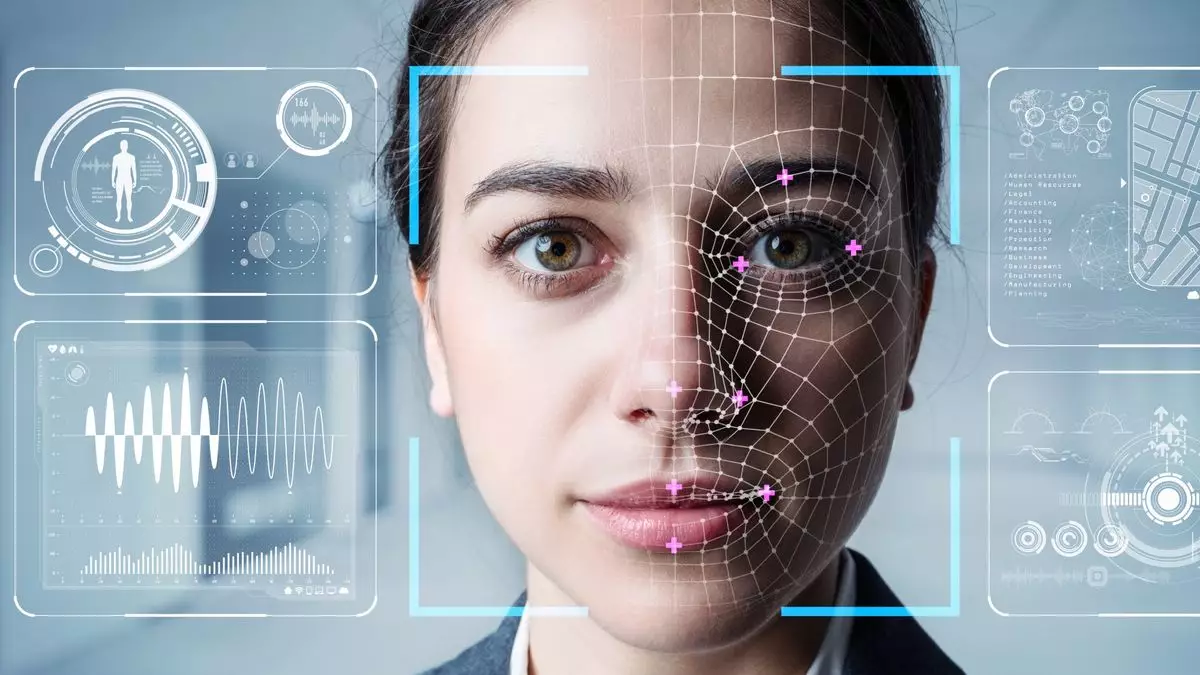The air travel industry is on the cusp of a significant transformation, propelled by advancements in biometric technology. This change is particularly focused on creating seamless, touchless journeys for millions of passengers flying within the United States. Stakeholders in the biometric technology sphere confidently assert that the next few years will see an accelerated implementation of touchless digital identification methods, paving the way for an entirely new travel experience. Industry leaders, such as Donnie Scott, CEO of Idemia North America, have declared this shift as “inevitable,” setting the stage for what could fundamentally alter how we navigate airports.
Picture a future where flying involves minimal physical interaction—a world where passengers experience hands-free travel from check-in to boarding. Scott envisions that within the next two to five years, select airports will offer such seamless experiences for travelers enrolled in trusted programs like TSA PreCheck. This would involve a digital airport journey encompassing various automated verification stages, including facial recognition or mobile ID checks at critical points such as baggage drop, security, and departure gates.
For international travelers, this process could further extend to digital passport checks during both check-in and upon entry or exit from the country, fundamentally changing the way we perceive airport procedures. Currently, Global Entry members are already enjoying a taste of this future, as they can utilize facial recognition technology to expedite their re-entry into the U.S., bypassing conventional manual passport checks.
Challenges Ahead: A Complex Dance of Collaboration
While the technological foundation for touchless travel is rapidly being established, the real challenge lies in the surrounding operational aspects. Jason Lim, the TSA’s identity management capability manager, underscores that the hurdles in implementing widespread biometric screening are not necessarily technical but come down to process and personnel management. Significant collaboration will be required between airports, airlines, and TSA to make these enhancements viable.
For instance, installing touchless lanes would necessitate alterations to existing checkpoint layouts and comprehensive training programs for TSA personnel and travelers. While the TSA acknowledges a growing demand for these technologies, bridging the gap from demand to effective deployment remains a complex endeavor.
One of the most pressing barriers to the rapid scaling of biometric technologies in U.S. airports is funding. Despite the burgeoning interest in enhancing security measures and passenger experience, fiscal constraints severely limit the TSA and Customs and Border Protection’s capabilities. The Passenger Security Fee, which is collected from air travelers, has in recent years seen a significant portion redirected to the general treasury, hindering the allocation of necessary funds for biometric implementations.
Political opposition primarily stems from privacy concerns—each congressional session seems to witness debates surrounding facial recognition technologies. Despite these challenges, studies show considerable public backing, with recent data revealing that around 79% of air travelers favor biometrics at TSA checkpoints. Hence, public sentiment is unmistakably skewed towards a future dominated by advanced identification technologies, even amid privacy clamor.
As discussions surrounding biometric technology evolve, several airlines are emerging as enthusiastic adopters. Alaska Airlines, for example, has initiated a range of biometric capabilities, including remote check-in, and plans to expand its touchless identity solutions to various airports. The airline’s director of product management, Kristin Olsen, indicates that travelers may soon experience end-to-end streamlined journeys, from self-service bag drops in Portland and Seattle to digital ID verification at multiple checkpoints.
Crucially, Olson points out that mobile identity verification holds immense promise in enhancing the traveler experience. With digital IDs already permitted at TSA checkpoints in twelve states, the integration of mobile verification could address privacy concerns while simplifying the process for travelers who may be hesitant about biometrics.
Vision for the Future: An All-Digital Experience
The vision of an entirely digitized travel experience is not just a lofty ideal; it’s a tangible goal. Both airlines and airport management are looking toward a future where every step of the traveler’s journey is digitized. Idemia’s Scott anticipates that select airports will spearhead early initiatives to create comprehensive digital experiences. Prominent U.S. airports, such as Denver, Atlanta, and those within New York City, are already positioning themselves to make substantial investments in biometric technologies.
As this evolution unfolds, the focus will not be solely on improving efficiency but also on fostering user comfort with digital identity solutions. As travel continues its recovery path post-pandemic, the integration of touchless technologies may not only become a standard but also a necessity for ensuring the safety and convenience of passengers.
The integration of biometric technologies in U.S. airports represents a pivotal shift in the travel landscape. While logistical challenges and funding issues loom large, growing public support and airlines’ proactive strategies signal a clear direction towards seamless, hands-free travel experiences. As stakeholders work to harmonize technology with traveler preferences and operational necessities, the future holds the promise of efficient, enjoyable journeys for air travelers, transforming airports from checkpoints into digital gateways of convenience.

